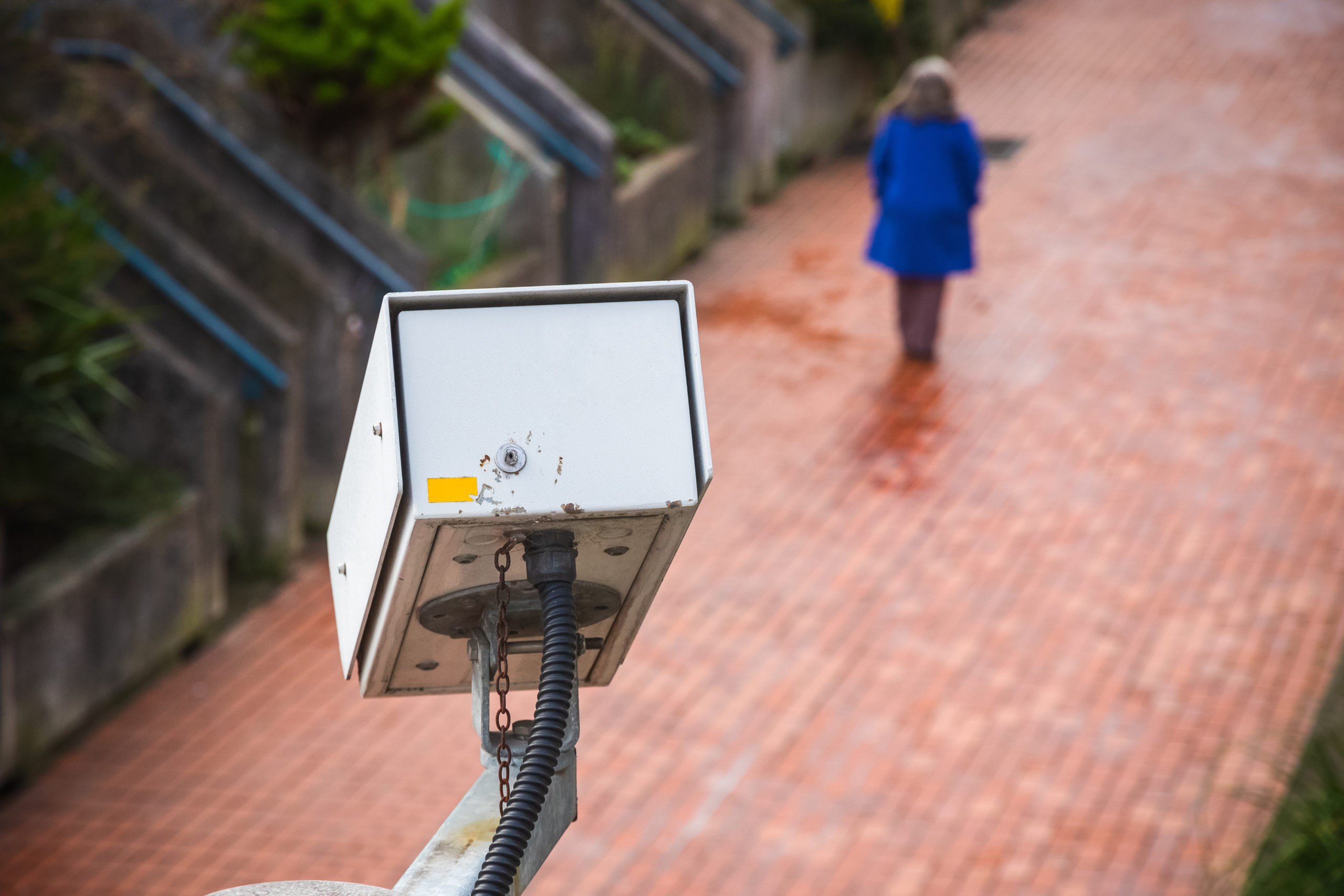Trespassing: Investigation & Analysis with Intelligent Video Surveillance

Protecting Property from Trespassers
Without the proper technology and protocols in place, trespassing can happen quite easily — whether it is intentional or not.
Trespassing happens for any number of reasons. Bad actors looking to gain access to secured information or intending to do physical harm can enter seemingly “off limits” areas and suddenly businesses are dealing with a security breach. Whether the trespassers’ motivations are malicious or otherwise, it is important for businesses to be alerted when someone is in a place they shouldn’t be.
From airports and hospitals to theme parks and entertainment venues, and any type of private property in between, businesses can leverage AI-based video content analytics to extend surveillance security applications and further protect their facilities against trespassers.
Detecting Trespassing in Real Time
Stopping a trespasser in real time gives businesses the ability to prevent theft, loss, damage or injury by proactively responding to situational changes as they unfold. And video analysis-driven real-time alerting gives operators the opportunity to do just that. Real-time alerting can be used for perimeter protection and responding when a person is detected on or past the defined perimeter. Alerts can be configured and triggered based on unique environmental factors, such as the time of day, and when people are or are not expected to be in the defined area.
A human operator defines the rules that reflect what is “normal” and configures alerts to be triggered when objects or activities outside the scope of “normal” are detected. Not only can operators be notified when any person enters a defined area, they can be alerted when a specific person enters that area through the use of face matching technology and watchlists. Operators have the ability to upload watchlists of video or digital images to the video analysis program, which enables the software to automatically monitor all camera feeds for face matches.
When a possible face match has been detected, human operators receive an alert and can validate a correct match. Based on the human evaluation, the detected person can be more closely monitored and tracked, when necessary, confronted to prevent him/her from entering the premises.
Private businesses may have many reasons for securing their facilities, including protecting against former employees or known threats. By adding those who should not be on property to the watchlist, video content analytic software with facial recognition technology can help businesses be proactive about their security.
Investigating Trespassing after the Fact
While either preventing or stopping a trespasser in real-time is ideal, investigating a trespassing incident after the fact is crucial to helping a business (and law enforcement, if necessary), figure out what happened, and how to prevent it in the future.
After a trespassing incident, time is of the essence to understand what happened and what the associated risks may be, and the ability to accelerate video search and response to unfolding events is critical for helping security personnel track down suspects and provide key evidence. For example, when deployed in a hospital, video analytic software can help management understand how a trespasser gained access to a secure pharmacy.
Video content analytics technology processes video, identifies objects (such as people or vehicles) in the video footage, and classifies and indexes the video object metadata so that footage can be easily and quickly searched and analyzed. Hours or days of footage can be combed in a matter of minutes, with operators filtering video to focus the video search and show only people or objects that fit a certain description. This empowers security teams to extract crucial details, gather evidence and accelerate investigations. Did the trespasser steal medication? Where did they go after they left the pharmacy, and how did they move about the hospital? Video content analytic software can help the hospital uncover those answers and therefore implement measures to ensure it does not happen in the future.
Deriving Insight from Trespasser Behavior
Of course, preventing and stopping trespassers is of utmost importance, but equally imperative is gaining insights from the incident to prevent future events and increase security measures if necessary. Video analytic software can reveal patterns in visitor behaviors, such as when and where trespassing tends to happen, which paths around the property are taken and where individuals dwell or linger, through data visualizations.
For instance, places open to the public like a theme park or theater may experience frequent trespassing. For management, understanding why and how trespassers are accessing restricted areas is crucial to making necessary improvements, such as enhanced signage or increased security.
Signup to receive a monthly blog digest.